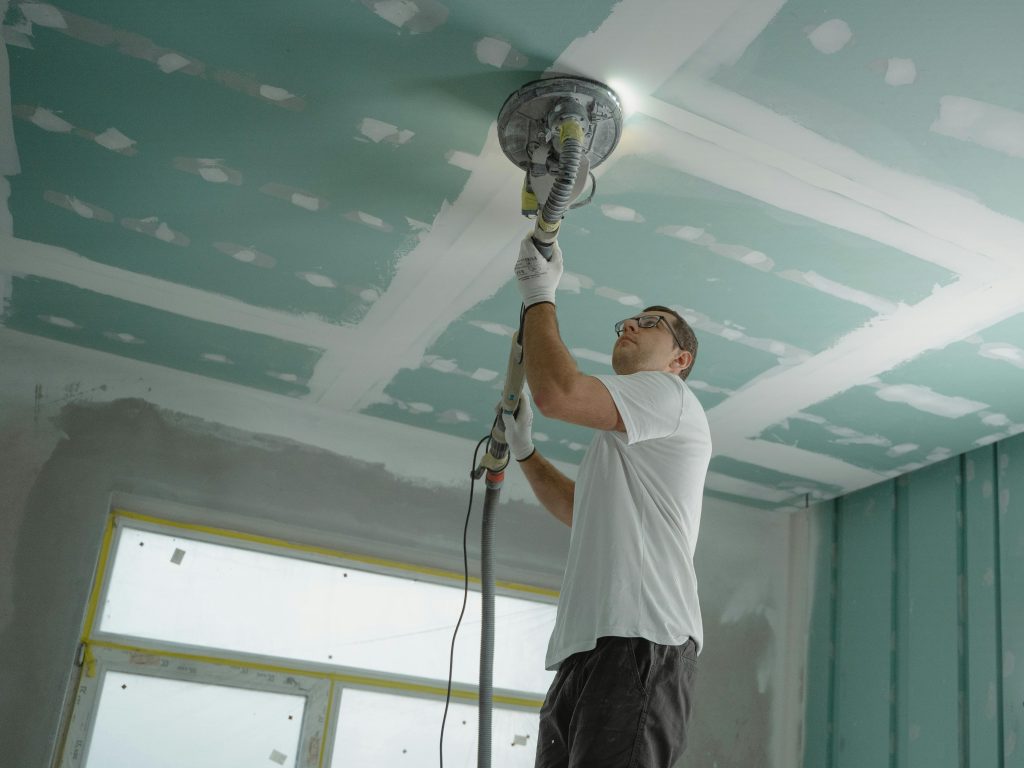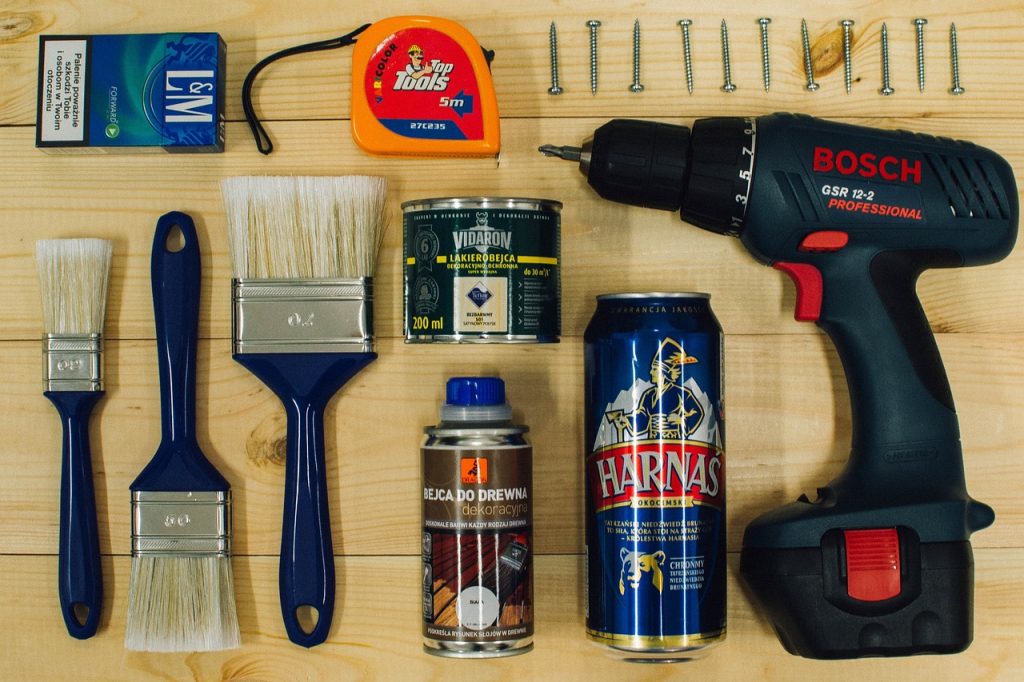Table of Contents
In an age characterized by rapid technological advancements and a penchant for convenience, there’s been a noticeable shift towards embracing the old-fashioned charm of DIY (Do-It-Yourself) home projects. This resurgence is not just about crafting a personal touch in one’s living space but reflects a deeper cultural movement toward self-reliance, sustainability, and creative expression. The popularity of DIY home projects is a testament to the enduring appeal of hands-on creativity and its impact on modern living.

The Appeal of DIY
One of the primary reasons for the popularity of DIY home projects is the desire for personalization. In a world where mass-produced goods dominate, DIY projects offer an opportunity to create something unique and tailored to individual tastes. Whether it’s a custom-built bookshelf, a hand-painted piece of furniture, or a handmade wall hanging, DIY projects allow people to inject their personality into their homes in ways that store-bought items cannot.
Moreover, DIY projects often come with a sense of accomplishment and satisfaction. Completing a project, from conception to execution, provides a tangible result that reflects personal effort and creativity. This sense of achievement is a significant motivator for many who seek to transform their living spaces into true reflections of themselves.
The Influence of Social Media
Social media platforms have played a crucial role in the rise of DIY home projects. Platforms like Pinterest, Instagram, and TikTok are teeming with tutorials, inspiration, and before-and-after transformations that encourage individuals to take on their own projects. The visual nature of these platforms makes it easy for users to find ideas, share their progress, and connect with a community of like-minded enthusiasts.
The proliferation of DIY influencers and bloggers has further fueled this trend. These individuals often provide step-by-step guides, tips, and tricks that make DIY projects more accessible and less intimidating. The ability to see others successfully complete projects provides both inspiration and a sense of possibility for those considering their own ventures.
The Role of Sustainability
Another significant factor driving the popularity of DIY home projects is the growing awareness of sustainability. Many people are turning to DIY as a way to reduce waste and make more eco-friendly choices. Repurposing old furniture, using reclaimed materials, and opting for non-toxic paints and finishes are just a few examples of how DIY projects can align with sustainable living principles.
By engaging in DIY, individuals have greater control over the materials they use and the environmental impact of their projects. This shift towards sustainability resonates with a broader movement towards greener living and reflects a desire to make more responsible choices in everyday life.

The Therapeutic Benefits
DIY home projects also offer therapeutic benefits that contribute to their popularity. Engaging in hands-on activities can be a form of stress relief and a way to unwind from the pressures of modern life. The focus required for crafting and building provides a mental break and a sense of mindfulness.
Many people find that working on DIY projects allows them to disconnect from digital distractions and immerse themselves in a creative process. This focus on tangible, productive work can be incredibly rewarding and help improve overall well-being.
Accessibility and Cost-Effectiveness
The accessibility of DIY home projects is another factor in their growing popularity. With a wealth of online resources, tutorials, and affordable materials, DIY projects have become more attainable for the average person. The availability of instructional videos and detailed guides lowers the barrier to entry, making it easier for beginners to tackle their own projects.
Additionally, DIY can be a cost-effective alternative to purchasing new furniture or decor. By repurposing existing items or using inexpensive materials, individuals can achieve stylish and functional results without breaking the bank. This economic advantage is particularly appealing in times of financial uncertainty or for those looking to maximize their home improvement budget.
The Community Aspect
The DIY movement has fostered a sense of community among enthusiasts. Online forums, local workshops, and DIY meetups provide spaces for individuals to share their projects, exchange ideas, and support one another. This sense of community enhances the DIY experience and creates opportunities for collaboration and learning.
Local makerspaces and community centers often offer resources and tools for DIY projects, further promoting the accessibility and enjoyment of crafting. These spaces provide a supportive environment where people can experiment, learn new skills, and connect with others who share their passion for DIY.

The Future of DIY Home Projects
As the popularity of DIY home projects continues to grow, the future looks bright. Advances in technology, such as 3D printing and smart home integration, are likely to influence the DIY landscape, offering new possibilities for creativity and innovation. Additionally, the continued emphasis on sustainability and personalization will drive further interest in DIY as a means of enhancing one’s living space.
In conclusion, the popularity of DIY home projects reflects a multifaceted cultural shift towards personalization, sustainability, and creative expression. As more people embrace the joy of crafting and building, DIY home projects will remain a vibrant and rewarding aspect of modern living. Whether driven by the desire to create unique decor, reduce environmental impact, or simply find a therapeutic outlet, DIY continues to inspire and enrich the lives of those who take it on.